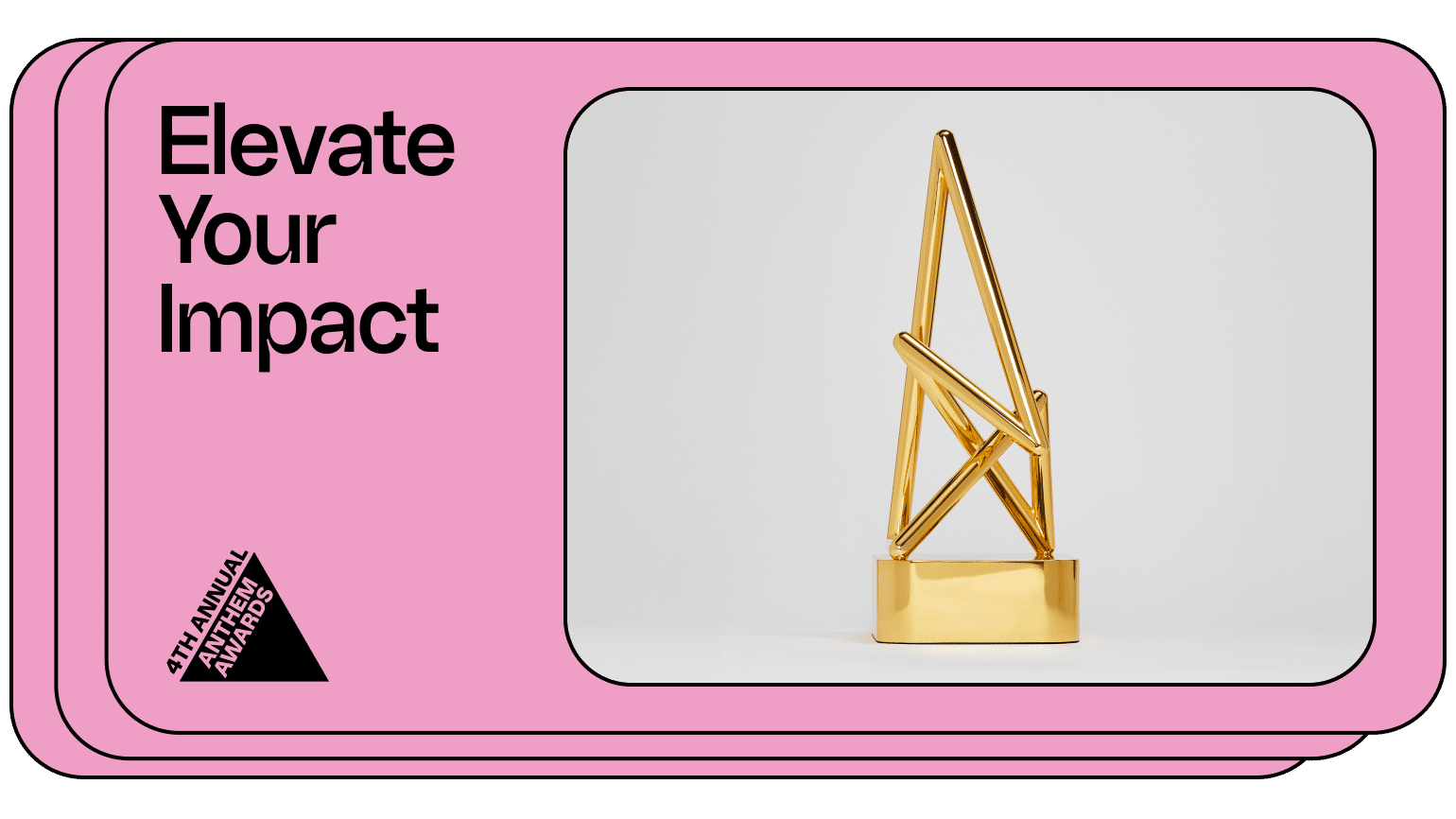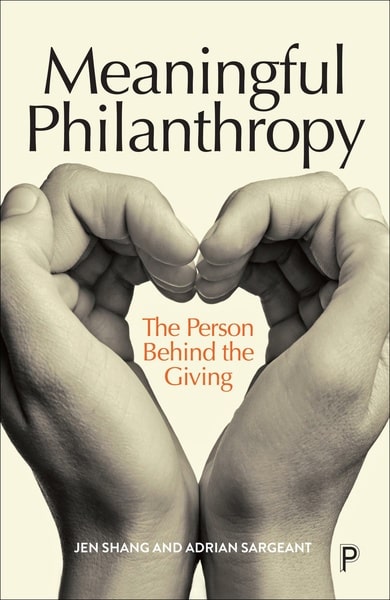Make-A-Wish Netherlands takes a more emotive approach across branding & fundraising – & almost doubles income in two years

As an international organisation operating in almost 50 countries across the globe through its affiliates, Make-A-Wish’s tried and tested approach to winning support is a focus on children with their wishes fulfilled.
But in the Netherlands, switching to a more emotive approach for both branding and fundraising has proved enormously successful. It’s one that focuses instead on showing children’s need for magic in their lives when they’re seriously ill, how having a wish granted helps to increase their resilience, and critically – how people can help by fundraising and donating to make this happen.
Since Make-A-Wish Netherlands launched it with their ‘This is your world now’ campaign in November 2020, donor numbers, average gift amount, and annual income from individual donors have risen every successive year.
In fact, the latter has almost doubled since 2020/21 to reach over €1mn in 2022/23, while donor numbers have increased from 11,235 to 16,323, and average gift size from €46 to €65.
A new way of thinking
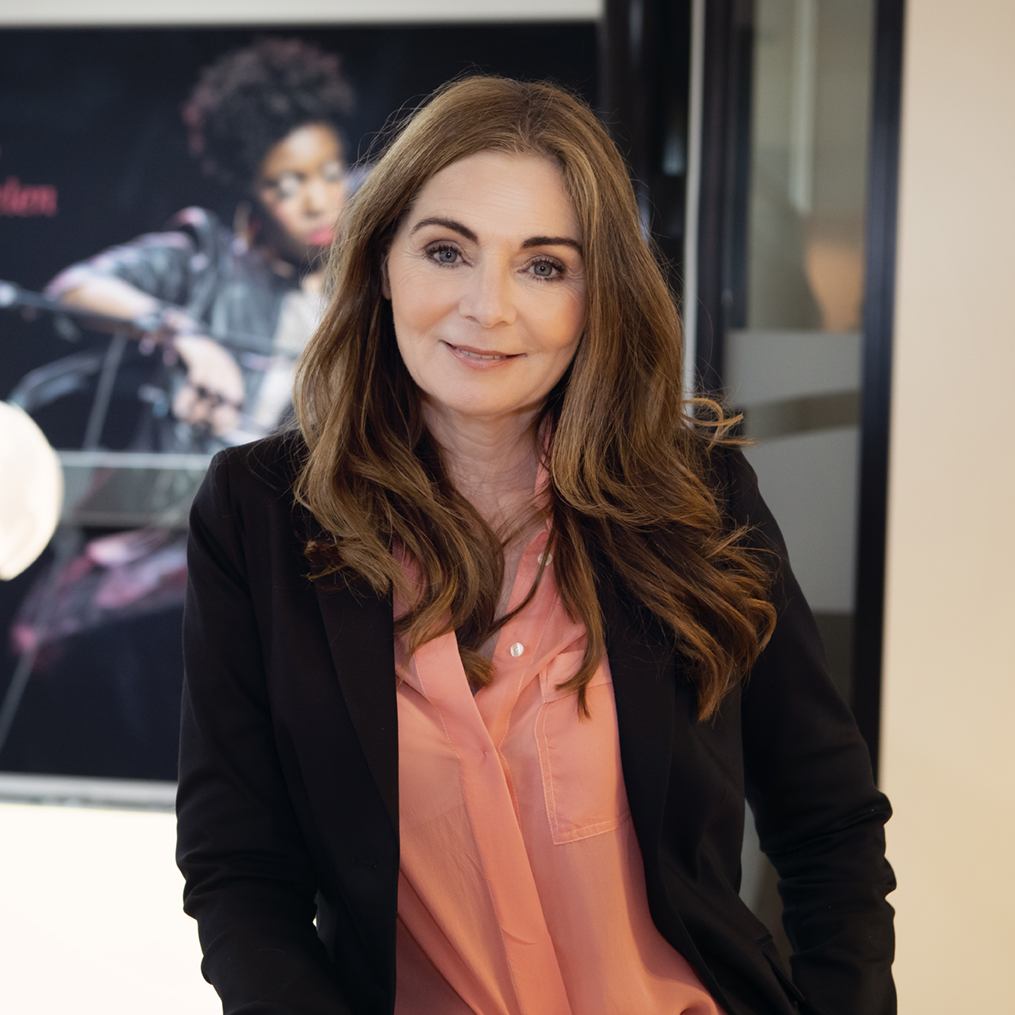
The change in direction was sparked by an introduction through Dutch agency Nassau Fundraising to Great Fundraising – a method used by charities worldwide to achieve income growth. An online workshop in June 2020 with Revolutionise, the consultancy behind it, and creative Laurine Verweijen, took Make-A-Wish Netherlands CEO Hanneke Verburg and other staff through the approach in more depth.
“I immediately thought: this is what we should do. It’s a very simple premise – that someone will give you money if they know they can help you solve the problem,” Hanneke says.
“At the time we only showed the solution of wishes granted, but this just made so much sense. It’s really about storytelling. Instead of just providing the facts about who we are and what we do, it’s about reaching people by appealing to their emotions.”
Presenting the problem – and the solution
Make-A-Wish Netherlands worked with Laurine to develop ‘This is your world now’, comprising an online campaign and TV commercial that appealed to people’s emotions by presenting them with the problem, and themselves as the solution.
It showed the daily reality for three seriously ill children and asked people to help ensure that the life of a sick child is not just about their illness by donating to make their wishes come true. The commercial showed six-year-old Sofie, who had a brain tumour, lying in a hospital bed and watching the activity of doctors and her family around her.
Watch the commercial
It highlighted too how every day, an average of four families in the Netherlands hear that their child has a serious, sometimes life-threatening illness, and that what often follows are months or years dominated by hospitals, treatments, and uncertainty about the future.
The charity launched the campaign on Dutch television and social media, and it also featured on a popular talk show. Its airing on CNN in the Netherlands also received an unexpected boost, as Hanneke shares:
“There was something that we couldn’t have foreseen, but which really helped us: Donald Trump and the attack on the Capitol. Our commercial was scheduled for CNN on 6 January 2021 – the day of the attack. It aired every hour on this day when a lot more people than usual were watching, so because of Donald Trump, we achieved a greater reach.”
Thanks to this combination of activity, from the campaign’s launch to the end of that January, a lot of new donors joined – many of whom are still supporters today – and income started to climb. While the previous year of 2019/20 achieved almost €318,000 in income from 7,174 donors, 2020/21 brought in £517,752 from a total of 11,235 donors.
Reinforcing the message
Of course with any big change, there are challenges. For Make-A-Wish Netherlands, it was overcoming concerns about this new way of portraying the children it works with. But, sensitive to the responsibility of sharing these stories in a way that doesn’t make people turn away, the charity has been very careful to ensure its approach is not frightening, which
has helped to allay those concerns.
“A lot of colleagues and volunteers were afraid that it would be shocking,” says Hanneke.
“But you shouldn’t make a campaign that makes people want to look away. It has to have an emotional appeal, and our campaign has been beautifully created to have exactly that.”
Helping to manage the change further, Hanneke and her team have also made sure to explain to all stakeholders, from colleagues to volunteers and beneficiaries, how this approach helps to bring in more vital donations.
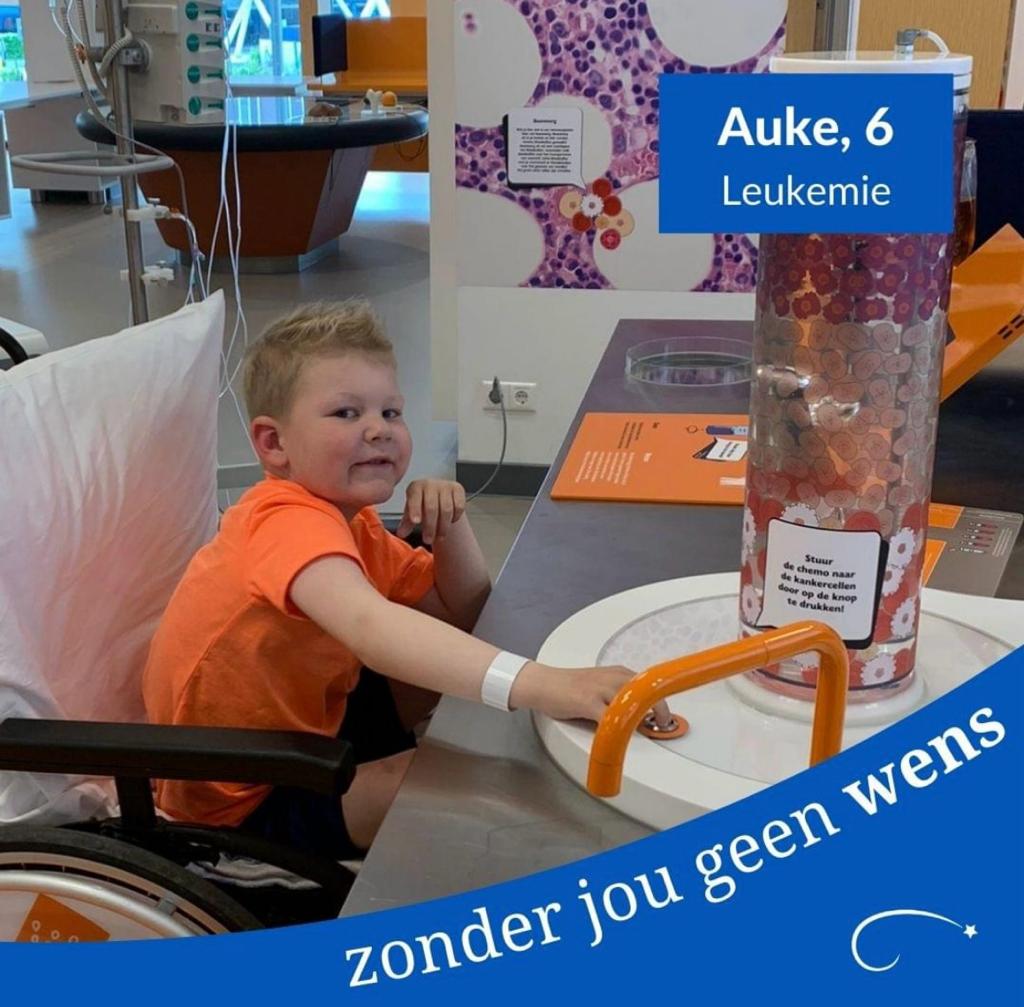
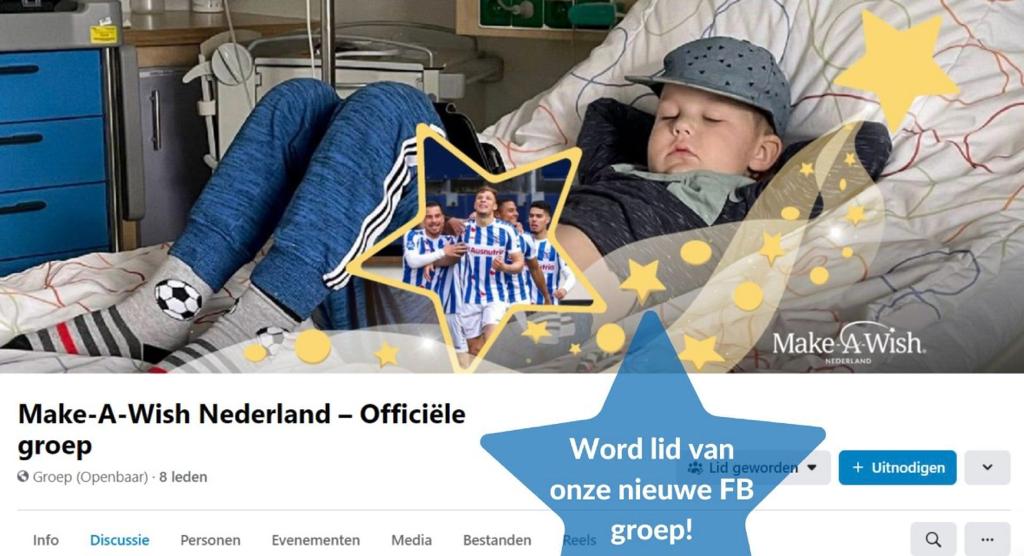
Make-A-Wish Netherlands has now rolled out the messaging across its branding, while continuing to use it for fundraising. The two work in tandem across multiple channels to reinforce the message at every touchpoint that without people’s donations, wishes can’t be fulfilled – from an emphasis on the charity’s donation page which even has the web address
www.makeawishcometrue.nl, to banners on social channels and email footers, and of course in its campaigns.
A clear success
The significant increases in annual fundraised income and donor numbers since 2020/21 demonstrate the approach’s success. Recently too, a December 2023 campaign that again featured on a national television show, supported by online activity, saw the charity beat its targets and raise €700,000 in under a week.
Hanneke explains:
“With this campaign we wanted to target the fulfilment of 200 wishes so shared the message that every wish costs €2,000. We reached our target on the second day, and now have 341 wishes paid for, which is brilliant.
“What made this campaign so successful was because we made some clips in which we showed children when they were ill, with their parents speaking about how they felt during that time and what Make-A-Wish did for them.”
While these were single gifts given through SMS, the charity also asked for email addresses.
Next steps are to follow up with those who provided them and ask them to become regular donors, while continuing to use this more emotive approach to inspire even more people to provide some sparkle in seriously ill children’s lives.
“The success of these campaigns has categorically shown that this was the right direction for us to take,” says Hanneke.
“There will always be more children needing magic in their lives. Sharing this message across our both branding and fundraising gets that message out there and shows people the important role they can play in granting those wishes.”
3 key lessons
- Get your stakeholders on board. Before beginning any major change, take the time to ensure everyone involved is clear on your charity’s purpose, understanding why it exists and the problem you want to solve. This clarity is essential for keeping people focused on the same goal and working successfully together.
- Appeal to your audience’s emotions. An emotive appeal is a more effective way of showing the problem and driving a response than something that shocks or frightens the audience. A campaign shouldn’t make people want to look away but should touch people’s emotions in how it communicates what your charity wants to solve and how they can help you achieve that.
- Take a multichannel approach. If your objective is to increase fundraised income, simply taking activity online is not enough. For the best results, a campaign or key message has to be multichannel, reaching the target audience at multiple touchpoints. TV and online for example work well in combination. Key messages should also be reinforced and consistent across branding as well as fundraising activity, with the two interacting across the same problem and the solution or ambition.

